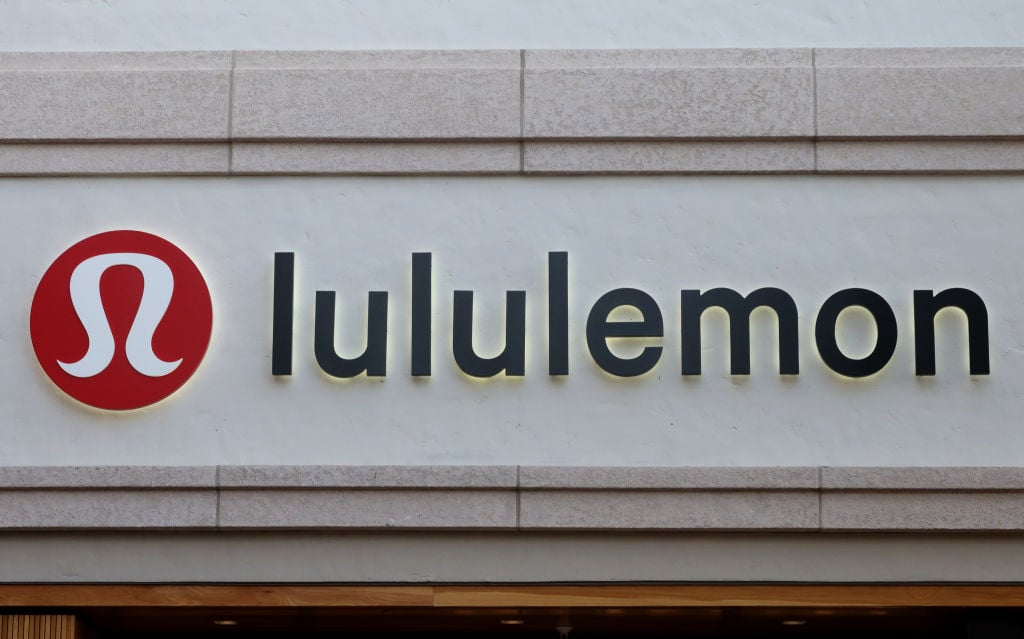Early this morning, lululemon athletica (LULU +1.44%) announced updated guidance regarding its third quarter. Without saying if that was a good or bad thing, let me first tell you the result -- the stock was down 15% at midday. The company's revision is just one more step in a long march that the company has taken over the last 12 months. Along the way, Lululemon has managed to destroy most of the goodwill and intangible value that its brand had developed over the previous 15 years.
It's been an impressive feat, to be sure.
First, have major quality concerns
If your brand is founded on two basic premises -- high quality and strong community -- then in order to really dismantle it, you need to fail in both those areas. Lululemon got off to a strong start in 2013 with a widespread quality-control issue. It turns out that the company had been too lax in the oversight of its production of luon -- the company's stretchy fabric -- leading much of the material to be too thin. Thin material plus stretching equals underpants on display.
Not only did the recall lead to a sales shortfall, it also broke the "high-quality" spell that the company had cast over its customers. Once the weakness was revealed, then every shopper had in the back of their mind that little voice saying, "Are these pants too thin too?"
At this point, Lululemon had an opportunity to fix things by fixing the quality issues. Unfortunately, those little voices made customers more alert to clothing problems, and even though the luon was taken back up to standard, new problems popped up.
Second, fail to return to high quality
In October, reports started piling up that Lululemon's leggings were having problems with pilling. The effect on sales was clearly devastating, and in the company's third quarter, comparable-store sales increased just 5% over the previous year . By the time the third quarter was announced, the company's stock had fallen 8% on the year.
The pilling issues combined with the earlier sheerness problems stretched the company's quality claims to the brink. Customers no longer trusted Lululemon to produce the kind of clothing that the company had become popular for.
With people fearful of the brand's quality, it was time for Lululemon to reengage the community it relied on. Since the company's founding, it had built strong ties to the yoga community, working through small studios and individuals before it built stores. By getting back in with that community, the company could start to lay solid groundwork for the future.
Or it could not. You know -- whichever.
Finally, insult as many customers as you can
After the pilling came to light, founder Chip Wilson went to Bloomberg TV to explain things. "Quite frankly, some women's bodies just actually don't work for it." Well, that's good to hear. Wilson went on to explain that the problem wasn't with the material, it was with the bodies of Lululemon's customers.
If you're looking for a surefire way to alienate your customers, I can think of worse ways to do it than calling complainers fat. Implying that the size 12 pants you just sold them were meant for slimmer people somehow doesn't come off as being a team player.
Wilson got the boot shortly after, but the damage had been done. Lululemon took the two good things that it had going for it and burned them to the ground. Quality -- out the door. Community -- insulted. Sales -- dropping.
The future of Lululemon
Now, Lululemon is looking forward to a drop in comparable-store sales in the fourth quarter. Customers are fleeing the brand to competitors like Nike and Under Armour. Both of those companies have been expanding their studio lines, with Under Armour building on the success of its Armour Bra. While its competitors court the disenfranchised community, Lululemon is stuck just trying to staunch the bleeding.
The company's new CEO came over from Toms shoes, and has some excellent community and sportswear experience, but right now the business just needs to not screw up. If it can manage a quarter of not putting its foot in its mouth, not selling broken products, and not garnering bad press, it might have the rest of the year to start genuinely rebuilding. If it can't manage a decent quarter, there's no telling how far things will fall.






